
For healthy older adults, new shingles vaccine is worth the wait
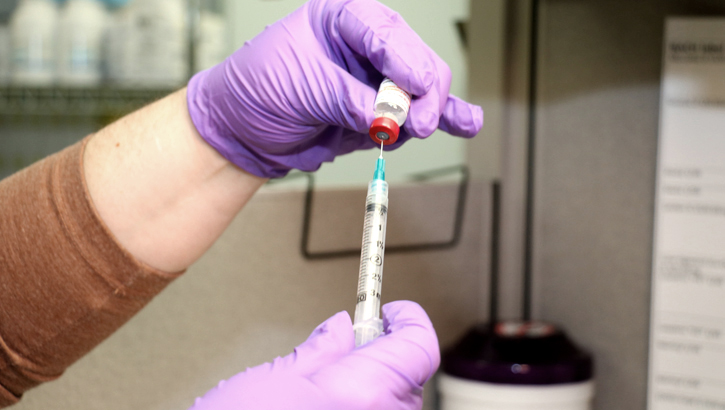
A pharmacist prepares a dose of the shingles vaccine to be administered at Blanchfield Army Community Hospital's Town Center Pharmacy, Fort Campbell, Kentucky. (U.S. Army photo by Maria Yager)
Availability of the new shingles vaccine is improving across the Military Health System, according to Defense Health Agency Immunization Healthcare. The vaccine, Shingrix, is recommended for healthy adults 50 and older to prevent the painful skin rash that can have debilitating long-term effects for older people.
Shingrix was licensed in late 2017. "Supplies are still limited nationwide because of the overwhelming demand," said Army Lt. Col. Christopher Ellison, deputy director of operations for the DHA's Immunization Healthcare Division.
"But availability to the Department of Defense has improved from a year ago and continues to get better," he said, adding that beneficiaries should contact their local MTF to confirm supplies. "Now is the time to get your shingles immunization."
Who’s at risk for getting shingles? "Anyone who’s had the chickenpox,” said retired Air Force Col. David Hrncir, an allergist-immunologist at Lackland Air Force Base in San Antonio.
A virus called varicella zoster causes shingles. It’s the same virus that causes chickenpox. After chickenpox clears, the virus stays dormant in the body. The virus may reactivate many years later as shingles. It's not clear what causes this eruption, said Hrncir, who's also medical director of Central Region Vaccine Safety Hub, Immunization Healthcare Division.
According to medical literature, Hrncir said, “Anywhere from 90 to 99 percent of people now over the age of 40 had chickenpox, before there was a chickenpox vaccine. About one-third will get shingles at some point in their lives, if they’re not protected.”
Some people under age 50 get shingles, Hrncir said. But the risk of contracting the illness increases continually after age 50. Immunization before age 50 results in decreased protection during ages when the risk of contracting shingles is the highest, he said. That's why early immunization generally is not recommended.
An earlier shingles vaccine was introduced in 2006. That vaccine was for people 60 and older when it first came out. Further, it was only about 70 percent effective in offering full protection against the virus, he said.
The Centers for Disease Control and Prevention offers recommendations about people who should not get the new vaccine.
“Those who had the old vaccine will benefit from getting the new one,” Hrncir said. “Also, shingles can recur. So even if you’ve already had shingles, get the new vaccine.”
Retired Air Force Col. Scott Coale said he plans on getting the Shingrix vaccine. He came down with shingles in the fall of 2015, when he was in his mid-50s. His lower back started hurting before any rash appeared. Very quickly, he said, it became "the most excruciating pain I had ever experienced."
Shingles usually develops as a stripe across one side of the body or face, according to the CDC. People may feel pain, itching, or tingling in the area where the rash occurs a few days before it actually appears, the CDC said. Other symptoms may include fever, headaches, and chills.
A few days after the rash appears, it turns into fluid-filled blisters. They usually scab over after a week or 10 days, and then the scabs clear up a couple of weeks after that, Hrncir said.
Coale said his symptoms lasted for a few weeks but luckily, he's had no lingering issues. For some shingles patients, however, the pain may persist even after the rash clears.
“The older you are when you get shingles, the more likely it is you’ll develop post-herpetic neuralgia, or PHN, and have longer-lasting and severe pain,” Hrncir said. “The pain is not easily treated. So you’re left with constant pain that can significantly affect quality of life.”
The new vaccine is a two-dose series, with the second dose administered anywhere from two to six months after the first. A majority of patients have reported side effects for two or three days after vaccination, Hrncir said. They include headaches, fatigue, and nausea. The CDC recommends patients talk with their providers about possible side effects.
Learn more about TRICARE coverage of the shingles vaccine.
Three steps for a successful end-of-summer blow out
Article
8/14/2019

In just three stages, any military family can have a fun-filled welcome party for fall
Get kids ready for back to school with preventive health care
Article
8/8/2019

Preventive services, routine immunizations, and health screenings are the best ways to make sure your kids are healthy and ready to hit the books
Vaccines: A public health success story
Article
8/7/2019
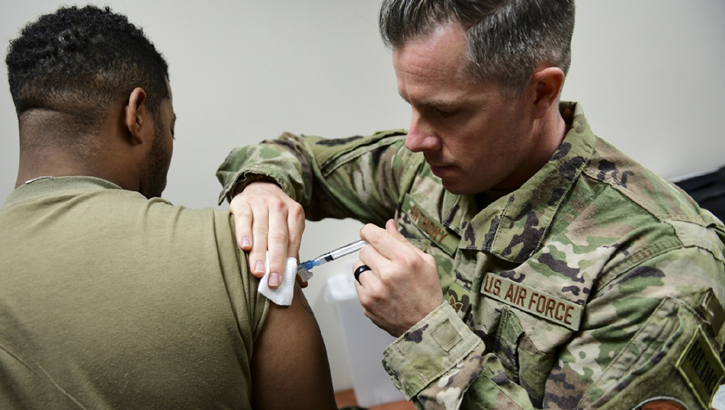
Maintaining a medically ready force is just one of many reasons to vaccinate
The kissing bug and Chagas disease
Article
8/1/2019

Chagas disease comes from a single-celled parasite that lives in the digestive tract of many species of kissing bugs
Tick Facts: Dangers at the height of tick season
Article
7/31/2019

Many diseases are transferred to humans by ticks — Lyme is the most common, but several others, described here, are worth knowing about
Zapping mosquitoes from the inside out
Article
7/29/2019
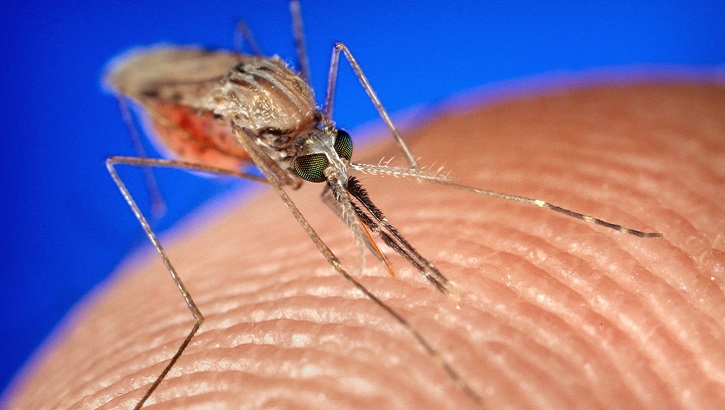
Mosquitoes aren’t just annoying at summer barbecues. In many parts of the world, they carry pathogens for Zika, dengue, yellow fever and malaria, the most devastating of mosquito-borne diseases. According to the Centers for Disease Control and Prevention, 440,000 people died in sub-Saharan Africa in 2016 from malaria, contracted from the bite of an infected female Anopheles mosquito. Protecting U.S. military personnel who continue to serve in this part of world is critical.
Men’s preventive health screenings essential for readiness and a lifetime of good health
Article
6/27/2019
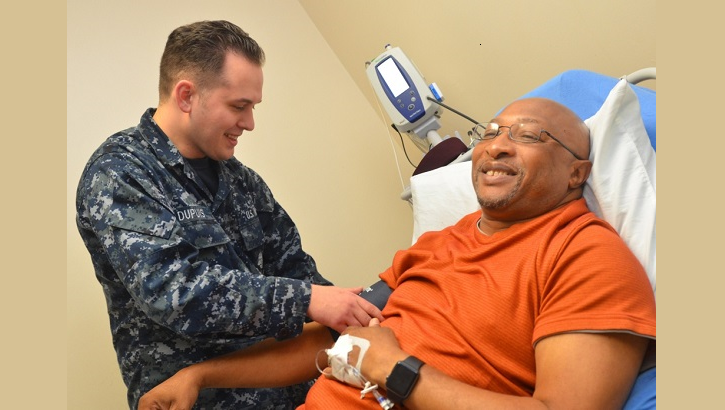
An apple a day helps, too
Mail-in colon cancer screening may end colonoscopy for most
Article
6/19/2019

The best test is the one the patient will do
Is exercise that’s too intensive resulting in your angina?
Article
4/8/2019
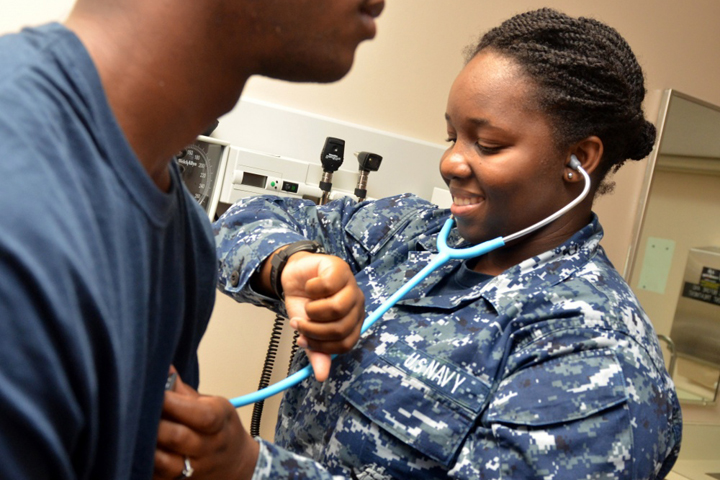
Angina is experienced as a feeling of tightness or pressure in the chest that can also radiate out to your neck, jaw, back or shoulders
Sudden cardiac death in young athletes
Article
3/7/2019

Sudden cardiac events can occur in seemingly healthy young people in their teens or twenties, including young servicemembers
Taking care of your heart with TRICARE benefits
Article
2/19/2019

Getting preventive screenings now could save your life tomorrow
Stroke prevention awareness
Article
2/4/2019

Stroke is the fifth leading cause of death in the U.S.
2019 TRICARE Winter Safety Kit
Infographic
1/22/2019

This infographic provides tips and information about staying safe and warm during a snow storm.
TRICARE Preventive Services
Video
1/14/2019

Watch this video to learn more about all the preventive services your TRICARE benefit covers.
'Fused' technologies give 3D view of prostate during biopsy
Article
1/9/2019
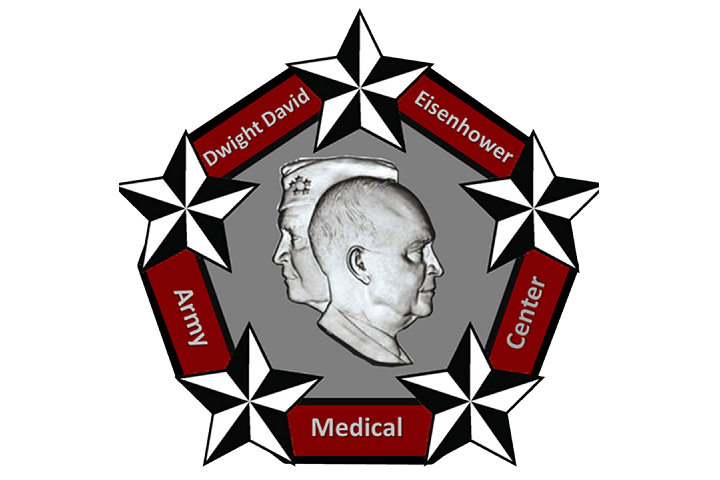
Other than skin cancer, prostate cancer is the most common cancer in American men






















.png)











No hay comentarios:
Publicar un comentario